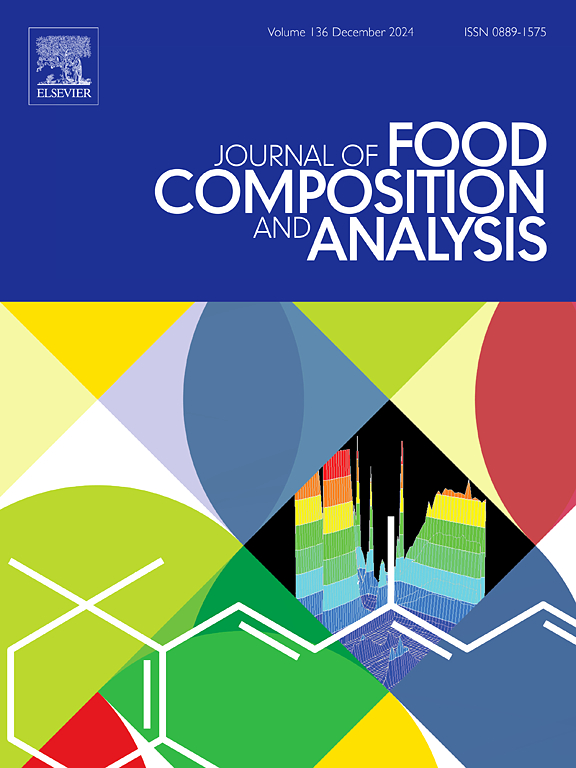Comprehensive research and risk assessment on the pollution profile of organic micropollutants (OMPs) in different types of citrus essential oils produced from waste citrus peels in Türkiye
IF 4
2区 农林科学
Q2 CHEMISTRY, APPLIED
引用次数: 0
Abstract
This study was to investigate the presence of organic micropollutants (OMPs) and possible sources of PAHs in four different citrus peel oils (orange, mandarin, lemon and grapefruit) and a risk assessment was conducted. The concentrations of ΣPAH were found from 26.69 to 62 ng/g oil. Naphthalene, acenaphthene, acenaphthylene, phenanthrene and fluoranthene are the dominant PAHs. The source of the PAH compounds in the samples was predominantly of pyrogenic origin. ΣPCB results range between 0.726 and 3.596 µg/kg oil, with PCB 153 and PCB 138 being the most detected in the samples. ΣOCP results were found in the range of 0.450–2.171 µg/kg oil. p,p'-DDD, p,p′-DDE, p,p′-DDT and alpha-HCH among the samples was detected at a significant rate. In the citrus oils, ΣPCDD/F values were found to be 0.0073–0.3076 WHO-TEQ pg/g oil, while ΣDL-PCB values varied between 0.00259 and 0.00829 WHO-TEQ pg/g oil. None of these results exceed the limits of the European Commission and Turkish Food Codex Regulations. While PCB 77 and PCB 81 were more abundant in DL-PCBs than other congeners, this situation was 2378-TCDD and 12378-PeCDD in PCDD/Fs. In human risk assessment, HQ, HI, and TLCR values of some OMPs indicate that there is no risk of carcinogenic or non-carcinogenic hazards for both children and adults.
求助全文
约1分钟内获得全文
求助全文
来源期刊

Journal of Food Composition and Analysis
工程技术-食品科技
CiteScore
6.20
自引率
11.60%
发文量
601
审稿时长
53 days
期刊介绍:
The Journal of Food Composition and Analysis publishes manuscripts on scientific aspects of data on the chemical composition of human foods, with particular emphasis on actual data on composition of foods; analytical methods; studies on the manipulation, storage, distribution and use of food composition data; and studies on the statistics, use and distribution of such data and data systems. The Journal''s basis is nutrient composition, with increasing emphasis on bioactive non-nutrient and anti-nutrient components. Papers must provide sufficient description of the food samples, analytical methods, quality control procedures and statistical treatments of the data to permit the end users of the food composition data to evaluate the appropriateness of such data in their projects.
The Journal does not publish papers on: microbiological compounds; sensory quality; aromatics/volatiles in food and wine; essential oils; organoleptic characteristics of food; physical properties; or clinical papers and pharmacology-related papers.
 求助内容:
求助内容: 应助结果提醒方式:
应助结果提醒方式:


